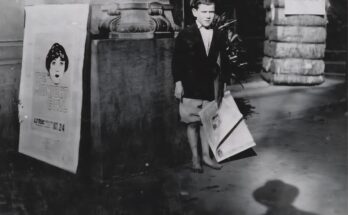In 1903, two men named Will and William West were both imprisoned at the federal penitentiary in Leavenworth, Kansas. Their appearances and measurements were so similar that prison officials had to rely on their fingerprints to tell them apart.
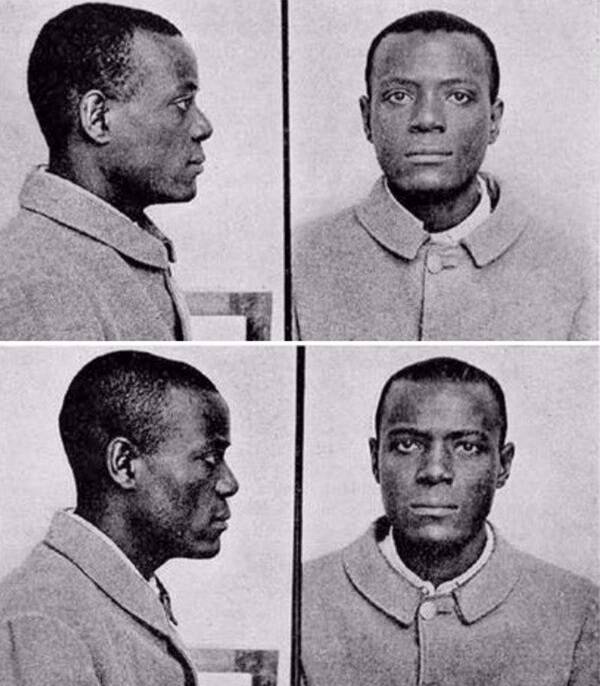
Public DomainMugshots of Will and William West, whose striking resemblance caused a mistaken identity mix-up.
In 1903, a strange mix-up occurred at the federal penitentiary in Leavenworth, Kansas. When a man named Will West arrived at the prison, the clerk on duty was certain he had processed him before. However, West insisted that he’d never been arrested.
After taking West’s measurements, the clerk discovered that his physical traits were nearly identical to those of another inmate, William West, who had been serving a life sentence for murder at the facility since 1901. In fact, the men looked so much alike that the prison officials initially thought William had escaped — but they found him safe in his cell.
Of course, when Will and William West’s fingerprints were taken, they were completely different. The men’s story ultimately evolved into a myth that claimed the two inmates were responsible for the adoption of the fingerprinting system in the United States. This is a stretch.
However, the incident did point out the flaws in the Bertillon system of anthropometric measurements that was popular at the time. The prison at Leavenworth started fingerprinting all inmates in 1904 — but the timing was a coincidence, and Will and William West’s role in the identification method’s use wasn’t as prominent as it’s sometimes made out to be.
The Imprisonment Of Will And William West
In May 1903, Will West sat down for intake at the United States Penitentiary in Leavenworth, Kansas. The clerk looked up and immediately recognized him. There was just one problem: Will insisted he had never been to Leavenworth before. The clerk was convinced, however, that he had processed Will already, two years earlier.
The clerk walked over to the records, pulled the card that matched Will’s measurements, and saw that it was already filled out with the name “William West.” He showed it to the prisoner. According to Harris Hawthorne Wilder and Bert Wentworth’s 1918 book Personal Identification: Methods for the Identification of Individuals, Living or Dead, Will said, “That’s my picture, but I don’t know where you got it, for I know I have never been here before.”
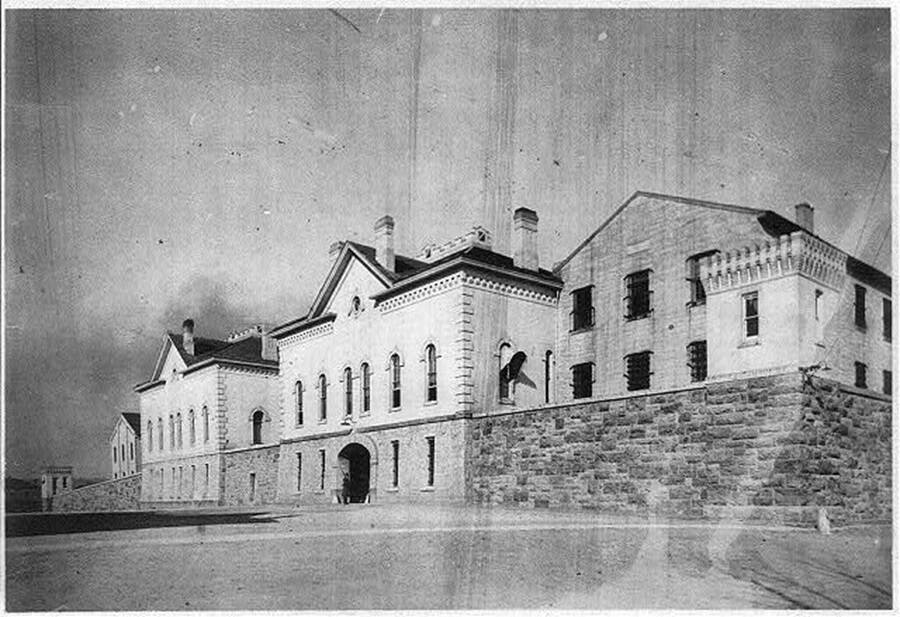
Library of CongressThe U.S. Penitentiary at Leavenworth, Kansas, where the famous Will and William West mix-up occurred, circa the early 1900s.
To be sure, the clerk turned to the Bertillon system, a method of criminal identification that was widely used at the time. The system used body measurements — such as the width of the skull and the length of the feet — along with photos and physical descriptions like hair and eye color. These measurements were considered as unique as fingerprints.
Strangely, Will’s measurements matched perfectly with someone already in the prison: a man named William West, who was serving a life sentence for murder. Even their mugshots looked incredibly similar. The clerk was convinced they were one and the same.
Then, the actual William West was brought out of his cell, and everyone did a double take. The two men looked like twins, but they weren’t related. They just happened to have the same name, the same face, and eerily similar measurements. The confusion over their identity led to the realization that the Bertillon system was flawed.
At least, that’s how the story goes.
The Rise Of Fingerprinting In The United States
Back in the early 1900s, fingerprinting hadn’t yet been widely adopted in the U.S. Most prisons relied on the Bertillon system, but the Will and William West mix-up showed that anthropometric measurements simply weren’t enough. Fingerprints were unique to each individual and therefore more reliable.
Once their prints were taken and compared, the truth was obvious. Will and William West had completely different fingerprint patterns. It was the only thing that clearly separated them, as prison officials couldn’t tell them apart, particularly if they were wearing hats. Some say that this failure of the Bertillon system changed the future of criminal identification, but in reality, fingerprinting was already well on its way to becoming the chosen method for confirming identities.
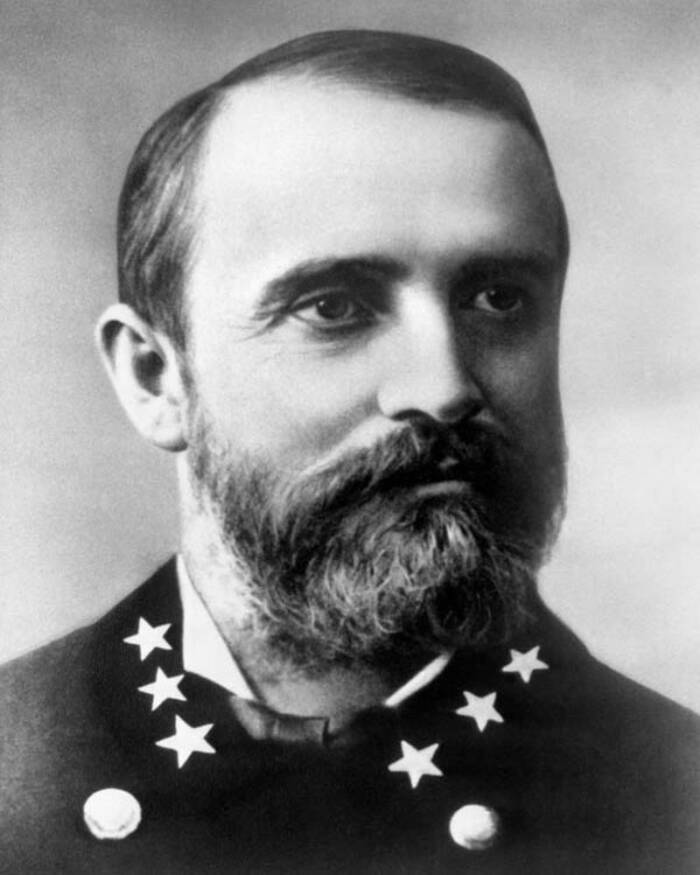
Public DomainRobert McClaughry, the warden of the U.S. Penitentiary at Leavenworth from 1899 to 1913. His son, M. W. McClaughry, helped introduce fingerprinting to the federal prison system.
In 1904, M. W. McClaughry, the son of Leavenworth’s warden Robert McClaughry and the records clerk at the prison, met Sergeant John K. Ferrier from Scotland Yard at the St. Louis World’s Fair. Ferrier told him how fingerprinting had already been working well in Britain. He even came to Leavenworth to train staff on how to take and read prints. By November 1904, a fingerprinting system had officially been established at the facility.
Ferrier and M. W. McClaughry took the prints of all of the inmates at Leavenworth, and this became the U.S. government’s fingerprint database. From that point on, every inmate would be fingerprinted upon intake. No future prisoner would face the same confusion as Will and William West had.
But that’s about as far as their role in the adoption of the fingerprinting system goes.
Did Fingerprinting Really Begin With Will And William West?
There’s still a lot we don’t know about the lives of Will and William West. According to prison records, Will was assigned inmate number 927, while William was number 9372. Both were documented at Leavenworth between 1895 and 1931, although the precise dates of their incarceration are unclear.
Will was reportedly convicted of manslaughter, a less severe charge compared to William’s life sentence for murder, as reported by the FBI. After serving his time, Will seemingly disappeared from the public eye, with no further records available. Some suggest he may have changed his name or moved on to a new life.
William’s story is more well-known. He initially struggled with prison life, but over time, he became a model inmate. In 1916, he reportedly managed to escape but was recaptured soon after. In fact, it was the fingerprinting and mugshot system that eventually led to his recapture.
There has also been speculation over the years about whether the two men were actually related. Some reports claim they knew the same family members or had crossed paths before their prison sentences. A few even suggest they may have actually been twins, but no conclusive proof has ever been found.
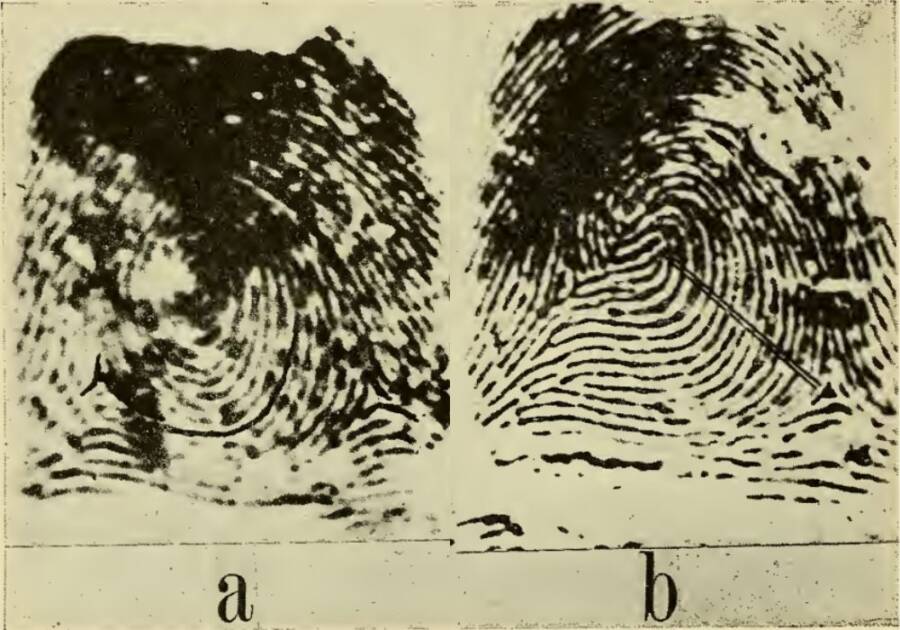
Public DomainThe two different fingerprints of Will (left) and William (right) West.
What we do know is that fingerprinting didn’t begin with the Wests. In fact, their story didn’t become widely known until Wilder and Wentworth published it in 1918, at which point prisons had been taking the prints of inmates for over a decade.
Still, the case of Will and William West certainly explains exactly why fingerprinting became so popular. While it’s extremely rare for two people to have the same Bertillon measurements, it isn’t impossible. Meanwhile, even identical twins have different fingerprints.
So, while people often credit the Wests with the birth of fingerprinting, that simply wasn’t the case. The mix-up probably did occur, but the timing of it was a coincidence, as the U.S. federal prison system was moving away from Bertillon measurements anyway. The myth was seemingly created well after the inmates entered Leavenworth, but it’s such a fitting story that it’s firmly rooted itself in law enforcement history.


